How King Charles stays fit at 74
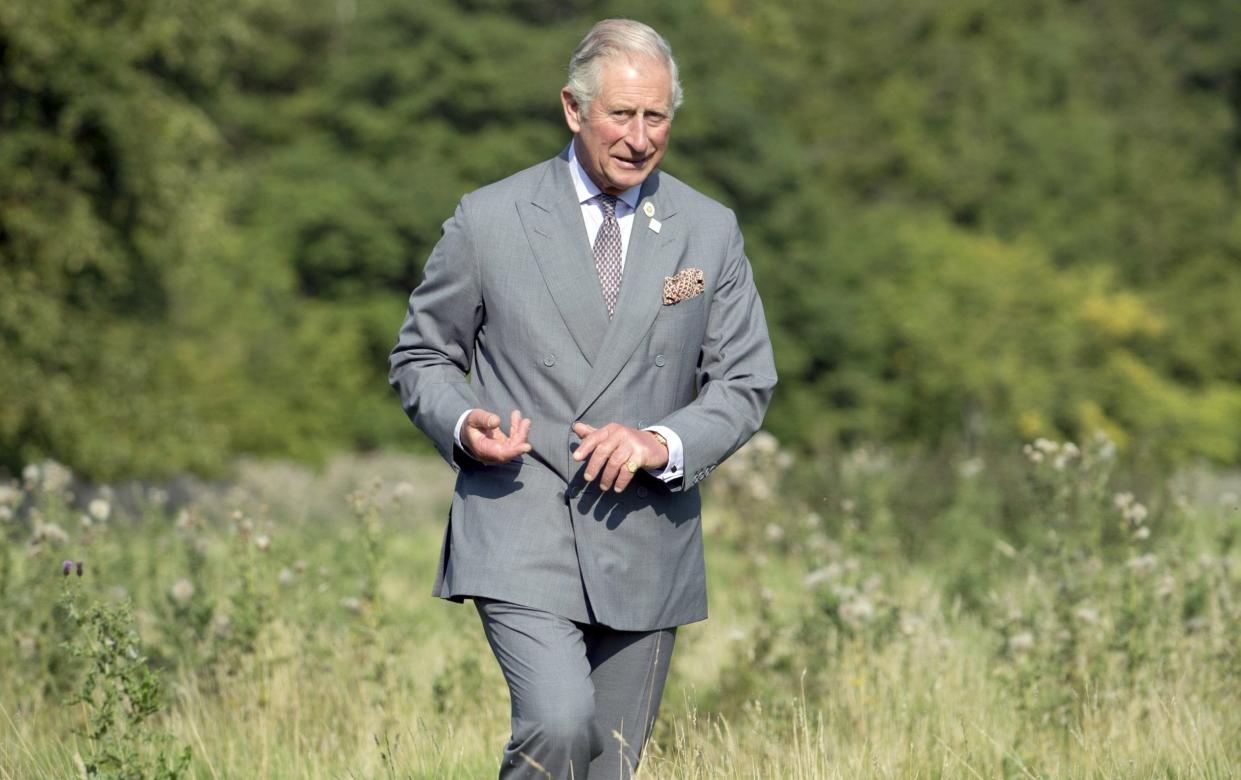
When the King stays on his Balmoral estate, his police protection officers have a running joke about whose turn it is to accompany His Majesty on his “leisurely stroll” each day. The daily constitutional, of course, is neither leisurely nor a stroll, but rather an hour-long dash across hills and moors that is more route march than ramble.
“It takes effort for a fit man half his age to keep up with him,” one former aide says. “Many a VIP has fallen by the wayside over the years when they have gone off on a walk with him.” At the age of 74, the King has ensured that he remains fit for the purpose for which he was destined, as he prepares to become the oldest newly crowned monarch in our history.
Good genes and world-class healthcare do help, but they can only take you so far, and Charles III knows it, as surely the most health-conscious sovereign we have seen.
Staying on your feet for hours at a time, particularly in foreign countries where the heat may be stifling, requires stamina, and the King ensures he has it by setting himself targets every day, which he has the discipline and willpower to achieve. He aims to maintain a weight of 11st 5lbs, which at 5ft 10in tall gives him a near-perfect body mass index of 22.8. To do that requires a combination of good diet and exercise, which he has stuck to with zeal throughout his adult life, though he has joked that keeping his weight down is a “never-ending battle”.
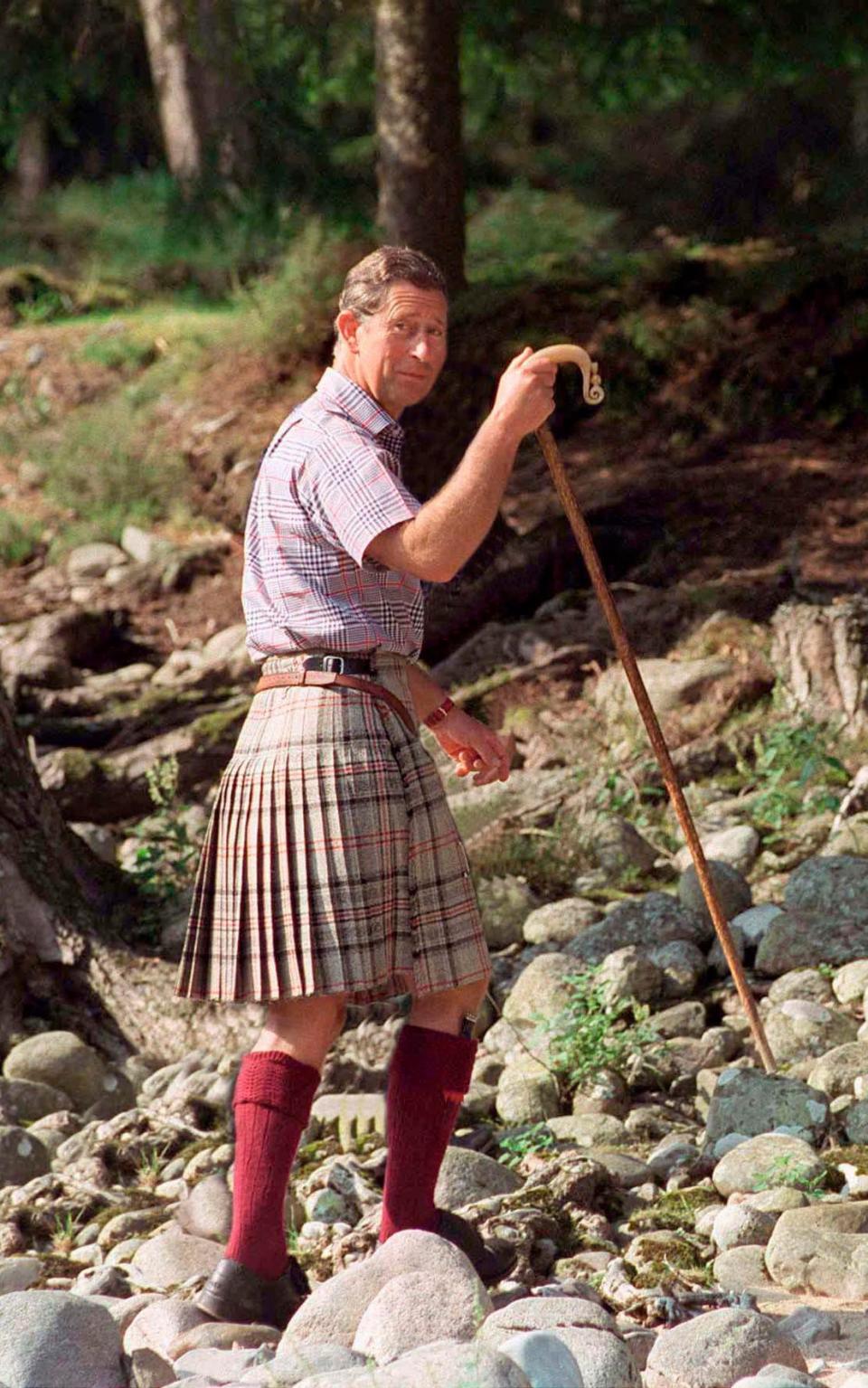
Lavish state banquets are the enemy of the trim septuagenarian, and the King regards them as the enemy of dietary discipline.
Instead, he likes to stick to a simple, largely plain flexitarian diet. He avoids meat and fish for two days a week, and on a third day he will avoid dairy products. He flirted with becoming fully vegetarian in the late 1970s at the urging of a Buddhist missionary, but has settled on his own middle way, in which he also skips lunch.
Breakfast typically includes seasonal fruit, nuts, seeds and soft boiled eggs, together with a cup of tea. Lunch is regarded as an unnecessary inconvenience, so once breakfast is out of the way the King works through until 5pm, enabling him to fit in more engagements and desk work. When he is on foreign tours, staff (and journalists) are bound by his lunchless routine, and quickly learn to carry snack bars or the odd banana to get their untrained stomachs through the day.
The King is so iron-willed when it comes to his intake that he does not even drink water between meals if he can avoid it, because, as one courtier puts it, “every minute of the day is accounted for and scrutinised”, so he doesn’t want to keep people waiting because of unscheduled loo breaks. It also minimises the chances of him being photographed eating.
Then, at 5pm, comes tea, an immovable presence in his diary. Along with his second cuppa of the day he will eat small sandwiches and a slice of fruit cake, though his afternoon pit-stop is not so sacrosanct that he won’t continue to take work phone calls during it.
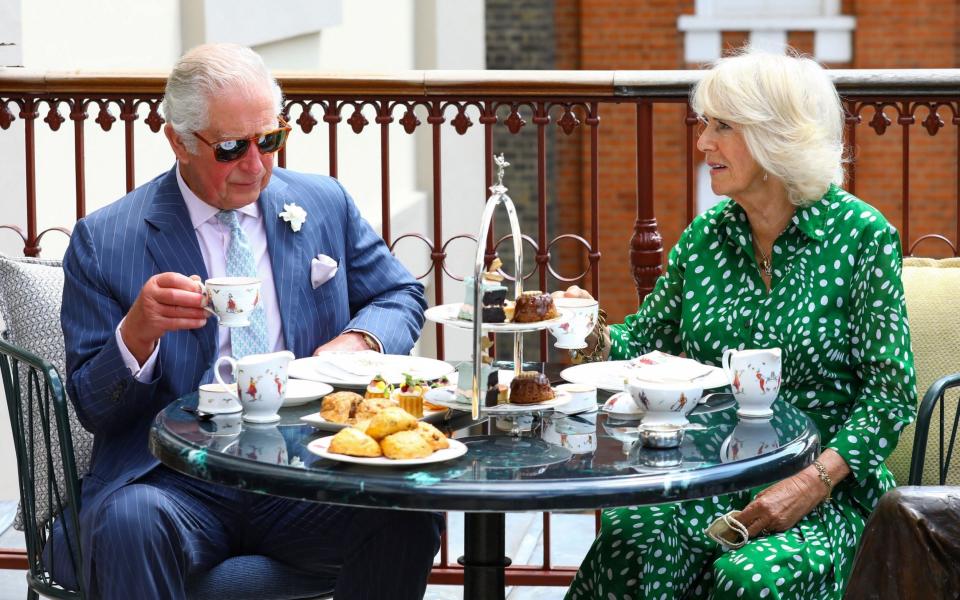
Waste, however, is unconscionable. “If the sandwiches that are prepared for Tuesday are not eaten on Tuesday, they will make another appearance on Wednesday and even Thursday if necessary,” one source reveals.
If the King is at home, dinner will usually be a simple, low-calorie meal prepared by one of his cooks, and if he is hosting a large gathering he prefers an evening drinks reception rather than a banquet, in order to avoid rich food. When he is abroad he also tries to minimise the number of banquets he attends, partly, says one old hand, because “there are parts of the world where people might have left food out all day because they want to make sure it’s ready. People who have worked for him for a long time have stories of him being very ill before having to make a major speech.”
On foreign trips the King has always travelled with his own chef for that reason. “It might seem like an extravagance,” says one who has travelled with him, “but it’s an absolute necessity to have your food prepared by your own team as often as possible, because it minimises the danger of food poisoning.
“He is very aware that when you’re cresting 75 you have to do everything you can to maximise your efficiency as a tool of the state.”
That does not, however, mean having to be wholly abstemious.
The King, like his late mother, likes to have a cocktail before dinner, which in his case is invariably a dry martini, “so strong you can see the fumes coming off it”, says one who has been close enough to know.
When he travels abroad he takes his own spirits with him to be mixed by his staff to his precise taste, while the Queen takes her own supply of red wine, usually from the Pomerol appellation of Bordeaux. The King may sip a glass of wine during dinner but his martini is effectively his only drink of the day.
One other thing the King takes with him when he goes abroad is a doctor: a roster of working GPs use their own annual leave to accompany His Majesty when he is on foreign tours, and they are never more than a few steps away from him, almost close enough to catch him if he falls. The King even travels with his own supply of blood, though thankfully it has never been needed.
The end result of the King’s calorie counting is that he can still fit into many of his military uniforms made for him when he was a young man – something of which he is immensely proud – including the RAF uniform he wore when he earned his wings in 1971.
Being slim, though, is not enough on its own to cope with the physical rigours of a busy working life nearly a decade after normal retirement age, and the King has to work hard to keep himself in shape, particularly as he still suffers from sporting injuries picked up on the polo field.
In his youth the King was fearless as a polo player and a skier, often to his cost.
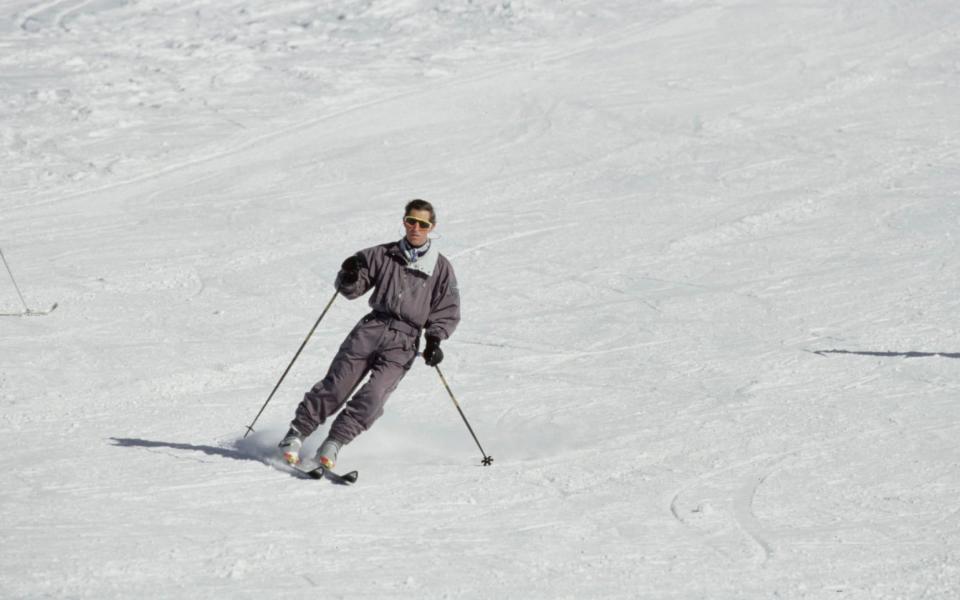
The rigours of playing sport on horseback – including a number of falls – led to a degenerative disc problem at the base of his spine, which meant it was painful for him to sit still for any length of time. By 1992 his back problem was so painful that he sometimes had to receive visitors lying on his back. Other polo injuries included a broken upper arm, which had to be pinned, and a cut on his face that needed 12 stitches.
His attitudes towards physical fitness were shaped in part by Kurt Hahn, the founder of his old school Gordonstoun, who believed that a healthy mind required a healthy body, and that boys should be tested to their very limits.
Many friends have remarked over the years how the King would take pleasure in pushing himself on the ski slopes or polo pitch until he was utterly spent. At Gordonstoun his day had begun with a run and a cold shower, and each day’s lessons would be paused for a “training break” of activities that could include running, jumping, throwing and an assault course.
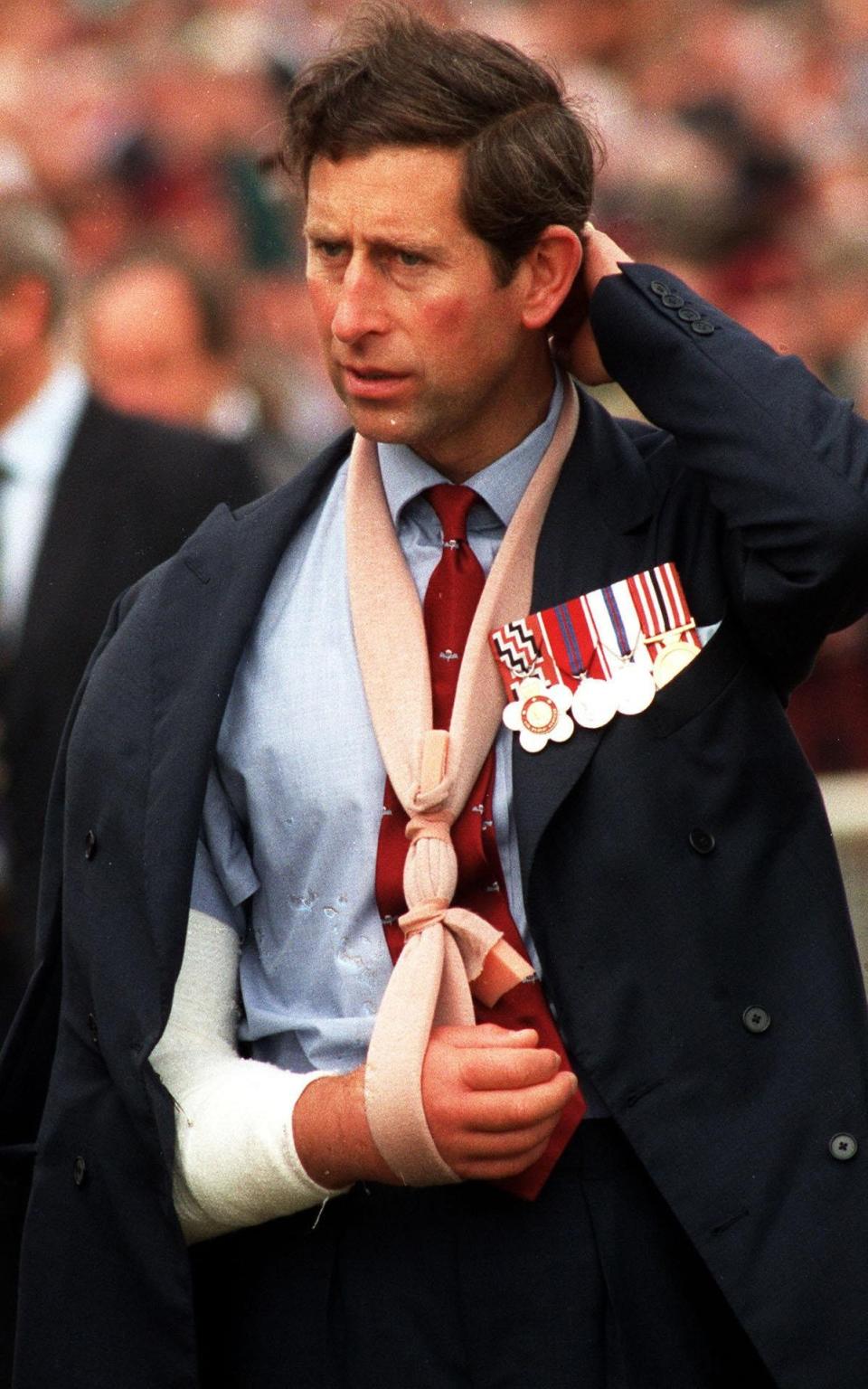
The King has not always enjoyed good health; as a young boy he suffered from several bad bouts of influenza as well as tonsillitis, which meant he was often off school sick when he was a pupil at Hill House preparatory school.
He had his tonsils removed when he was eight, and for several months insisted on carrying them with him in a glass jar at all times (he also had his appendix out a few years later but was less attached to that).
He carried on having sinus trouble, and would sometimes have to stay in bed for a week at a time while at Gordonstoun. His letters home while he was in the Royal Navy also suggested he was prone to bouts of mild depression.
Like his father Prince Philip, the King has for decades started his day with the 5BX fitness regime, designed for the Canadian Air Force in the 1950s, and short for five basic exercises.
The 12-minute regime includes press-ups, sit-ups, back extensions, stretching and running on the spot, and when he was younger the King would do it twice a day.
In the Duke of Sussex’s autobiography, Spare, he revealed that his father would also do daily headstands in his underwear to alleviate his back pain.
He wrote: “Prescribed by his physio, these exercises were the only effective remedy for the constant pain in Pa’s neck and back. He performed them daily, in a pair of boxers, propped against a door or hanging from a bar like a skilled acrobat.”
Then there is the King’s lifelong passion for hiking. When the Queen guest-edited Country Life magazine last year, she said her husband’s love of walking in the countryside was what kept him fit and healthy, as well as hedge-laying and gardening at Highgrove.
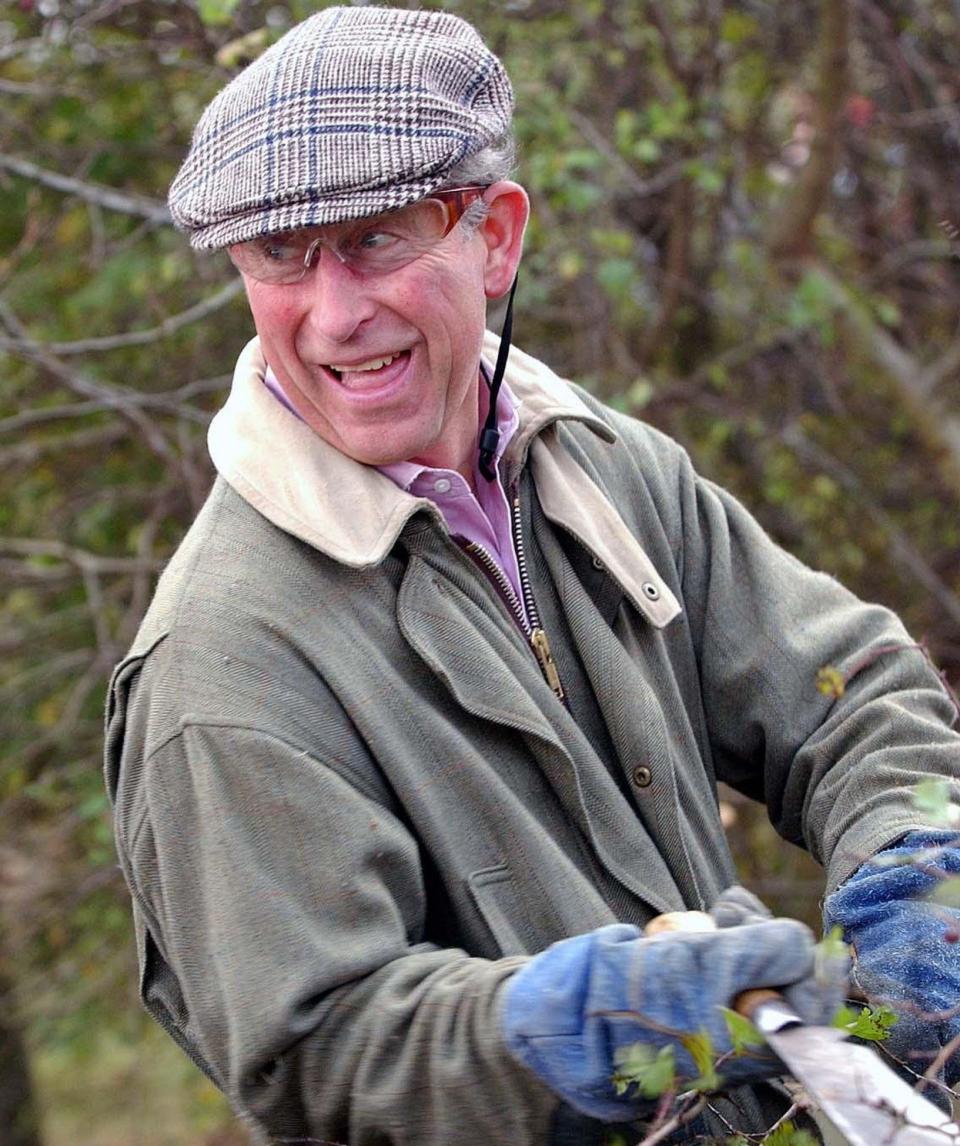
She wrote: “Whether he’s hedge-laying in the pouring rain, striding, like a mountain goat, up impossibly steep Highland hills, planting trees in the arboretum or pruning at Highgrove, this is where he finds true peace.”
When he was 70, she told the BBC that he was “the fittest 70-year-old” she knew, and that he will “walk and walk and walk... he leaves everybody miles behind”.
The constraints of life in London mean that the King has to make do with a few laps of the garden at Buckingham Palace or Clarence House, but Highgrove and particularly Balmoral offer endless hours of outdoor activity.
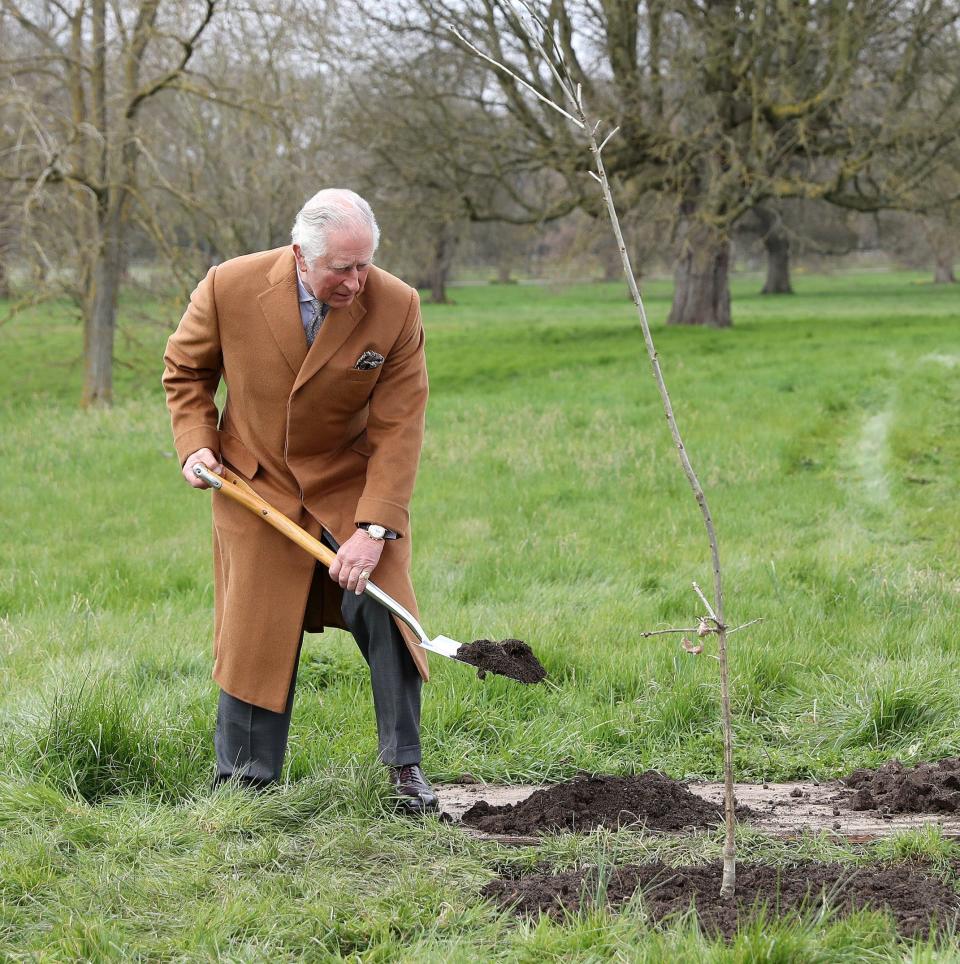
In Scotland that includes skiing: even in his mid-70s, the King still likes to get out on the slopes, whether it involves downhill or, more often, cross-country skiing, usually accompanied by the Queen.
“I have never known him not to turn up for work,” says one source who knows him well. “He worked all the way through his bout of Covid. I have seen him with streaming colds and so on but I have never seen him cancel anything for ill health.”
The Queen is less fanatical about her health, but nonetheless takes care of herself so she can keep up with her husband, as well as her grandchildren. During the pandemic, she took the Royal Academy of Dance’s virtual Silver Swans ballet classes for over-55s, via Zoom. She also took up pilates classes.
She said at the time: “We have all got to keep active because if we don’t we will seize up, we won’t be able to get out of bed. It doesn’t matter if it is 10 minutes or 20 minutes, it just starts off the day. I do a combination of a bit of Silver Swans, a bit of pilates, and a lot of walking, which I love.” She said of her Silver Swans classes: “I had certainly never done ballet before, and it doesn’t matter whether you have done ballet or not, it’s something that will make you feel better. It gives you a certain amount of confidence in yourself; it’s just a bit of discipline, which I think we all need in our lives.”

At the age of 75, the Queen has only just given up riding, but she is a lifelong dog lover and likes nothing better than to take them for long walks. Whenever she can, Her Majesty also likes to unwind by staying at a holistic health retreat on a 30-acre farm in Bangalore, India.
Last October, after the hurly-burly of the King’s accession to the throne, she made her seventh visit to Soukya, where guests can enjoy yoga, Ayurvedic, homoeopathic and naturopathic treatments.
She normally visits the £735-a-night venue with a handful of close female friends, though she took the King with her in 2019 as a treat for his 71st birthday.
The King does not have to travel across the world to seek alternative therapies though. At Dumfries House, the stately home he has restored in Scotland for the benefit of the public, he has established a health and wellbeing centre that promotes a holistic approach to wellbeing, with mind, body and spirit.
Its website says it aims to augment conventional treatments with complementary therapies, including reflexology, acupuncture and hypnotherapy.
When he was 73 Charles became the oldest person to accede to the throne, but he has every intention of reaching his silver jubilee and beyond. With longevity running in the family and a healthier lifestyle than any of his predecessors, he has every chance of becoming the first monarch to reach 100.

